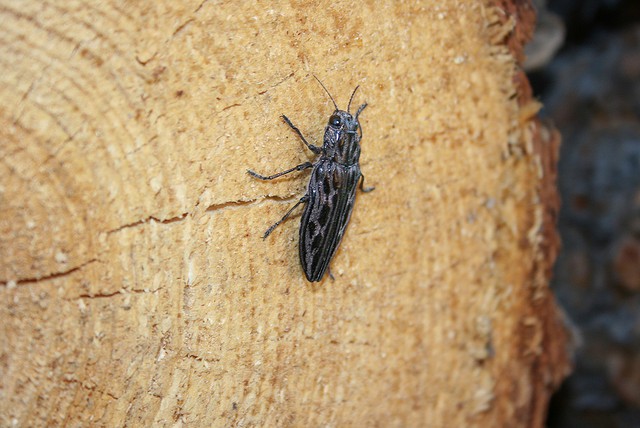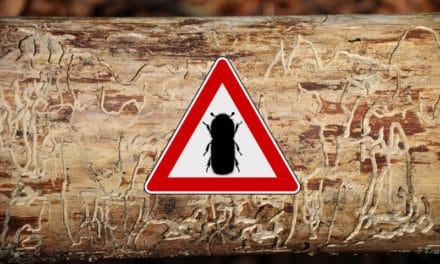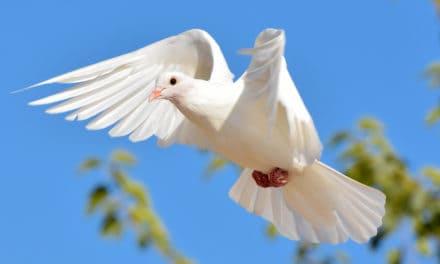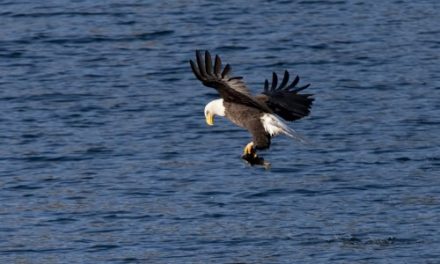By Melissa Wynn
One of the most bothersome bugs of summer we face here in our lush forest home is the Western Sculptured Pine Borer. These bumpy wood boring beetles are like miniature B52 bombers buzzing loudly and dive bombing us as we split and stack next year’s fire wood. Quite possibly the largest beetle in the Sierra, this creepy bug is more than a little intimidating when it chooses people as a landing strip, kinda gives you a shiver all over. Yuck!
Western Sculptured Pine Borers have a dark brown to black hard textured shell that has a metallic shimmer in certain light.The underside is an iridescent bronze color almost like some science fiction robot beetle. Unfortunately where there are pine trees there are pine borers. Females lay there eggs on the bark of weak and dying conifers. Upon hatching the larvae bore into the tender layer between the bark and the wood. The larvae are fat white grubs that tunnel about, feeding on the cambium beneath the bark for up to two years. This tunneling often results in visible piles or trails of boring dust, similar to very fine sawdust. After a dormant pupal stage of metamorphosis the larvae transform to their flying adult form. Adult pine borers feed on leaves and may return to a pupal state through the cold winter months. All these factors in the life cycle of the Western Pine Borer mean they prefer to have their nurseries in the very same dead and dying trees that we harvest for fire wood.
Although we find them unpleasant, Western Pine Borers aren’t dangerous to humans beyond scaring us silly. They are NOT poisonous and don’t sting or bite but clingy legs make them a challenge to shake off a shirt sleeve. Western Pine Borers and humans here in the Sierra even share a common success, we both do our part to rid our beautiful woods of dry, dead, diseased or downed trees and debris, reducing forest fire fuel. Western Pine Borers however, are attracted to burn areas, due to the high number of damaged trees following a forest fire–prime larvae real estate. Clean up crews are often surrounded by swarms of the pesky pine borers shopping for new homes. We may all wish the Western Pine Boring Flying Beetle was someone else’s neighbor, but I suppose no one likes all their neighbors all the time.
entomology.ifas.ufl.edu
bugguide.net
Danny Cluck-Entomologist












